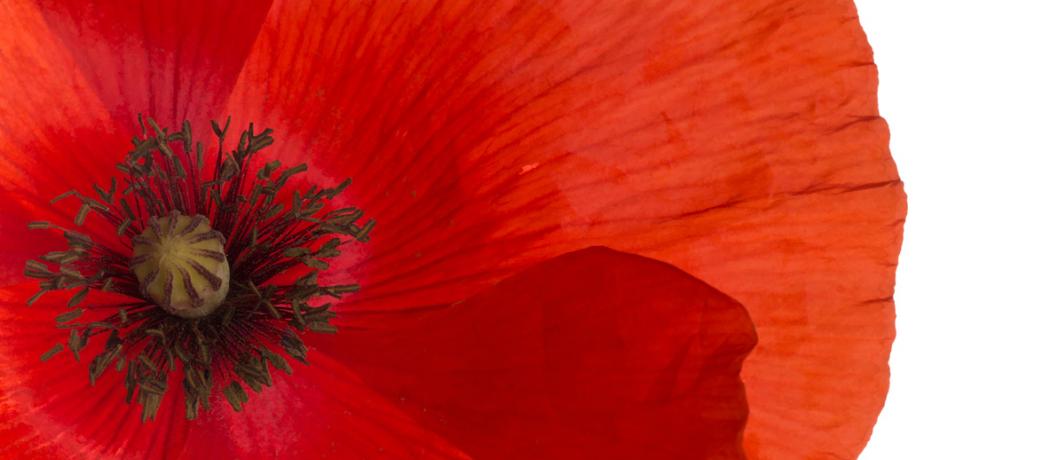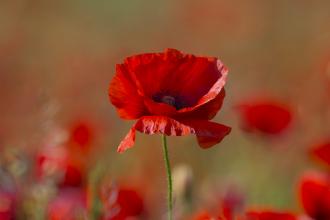This year, with the recent fiery words from politicians about the threat of a nuclear war, remembering the First World War (1914–1918) at 11 a.m. on the 11th day of the 11th month will take on an added significance.
In 1914 Canada was a relatively small nation of approximately 7.4 million people. Yet more than 619 000 of its citizen served in the Canadian Expeditionary Forces, including 3141 sister soldiers, our military nurses. Of all the soldiers, 425 000 served overseas, including 2504 nurses. 60 000 Canadian soldiers died, including 45 nurses, 14 of whom died when the Canadian hospital ship Landover Castle was torpedoed.
Only three of the 59 medical officers who went over with the first Canadian contingent had any military experience. Medical and military professional opinions differed over the best way to care for soldiers. Without precedence, the nursing organizers established order in the Canadian Army Medical Corps units along the lines of civilian practice that fit with the expectations of physicians and surgeons. Each medical unit had a commanding officer, but in practice the organization and administration fell to the matron and the sisters. Canadian military nurses were fully enlisted, commissioned lieutenant/nursing sisters at equal pay incorporated within the military establishment, unlike nurses of other Allied forces, who served within auxiliary or voluntary organizations.
The nursing staff faced precise duties and authorities, summarized in 42 instructions. Nurses managed all the day-to-day details of the wards, including ordering food, organizing the packing of supplies and equipment whenever hospital units moved, and, apart from surgical assists, wound care, medication management, and the like, they faced a range of further duties: keeping track of equipment, notifying the chaplains of patients’ religious preferences, preparing dead bodies for the mortuary, counting linen, and keeping keys.
In the surgical area, closely associated with amputations, wounds, and trauma of various sorts was the problem of hemorrhage and shock. The first reported transfusion at the Canadian No. 3 Field Hospital was on 27 October 1915. It was a direct transfusion by syringe from the donor to the recipient. When the hemorrhage recurred, reportedly it was the nurse who applied direct pressure to the wound. The victims of gas attacks provided new challenges: medical and nursing personnel risked breathing in mustard gas or making skin contact with the residue of gas on clothing as they cared for soldiers arriving at field hospitals. For pain management both physicians and nurses gave morphine injections, using syringes with attached needles immersed in alcohol to sterilize between injections.
There is much to remember about the First World War, but little has been written about the Canadian sister soldiers. Chynthia Toman, a historian, retired professor of nursing at the University of Ottawa, and author of Sister Soldiers of the Great War – The Nurses of the Canadian Army Medical Corps, published by the UBC Press, reveals the devastating realities of war for military nurses.
On this year’s Remembrance Day I am going to salute these nurses and all the nurses of the last 100 years who have followed in their pioneer predecessors’ footsteps.
—George Szasz, CM, MD
Suggested reading
Toman C. Sister soldiers of the great war – the nurses of the Canadian Army Medical Corps. Vancouver, BC: UBC Press; 2016.
This posting has not been peer reviewed by the BCMJ Editorial Board.


